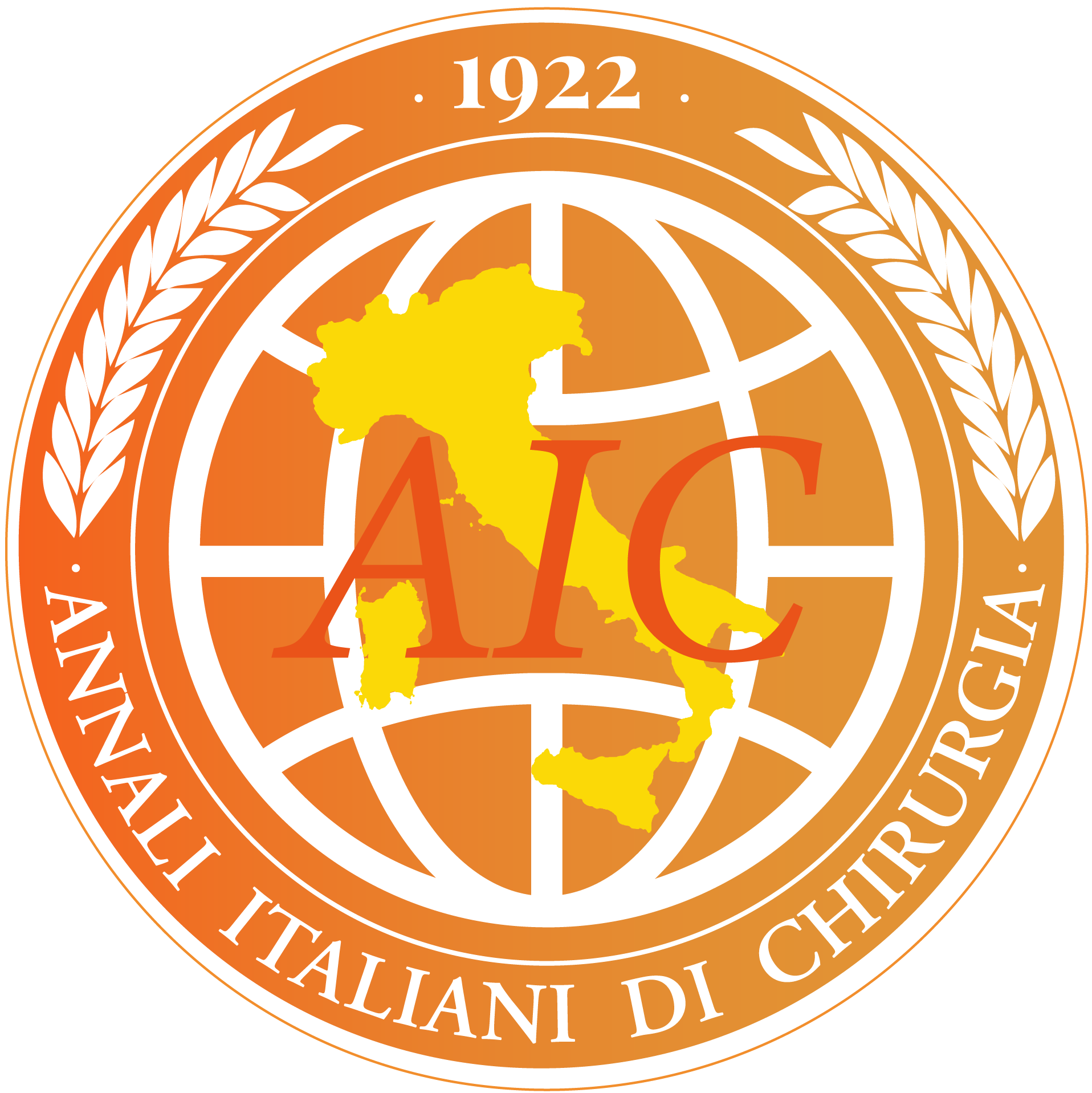20 Aug 2024
ArticleAnalysis of Factors Affecting Range of Motion Loss after Elbow Joint Release Surgery in Elderly Patients with Traumatic Elbow Stiffness
Lipeng Zhang 1Fufeng Qu 1Xudong Zhao 1
Affiliations
Article Info
1 Trauma Orthopedics Department, Hanzhong Central Hospital, 723000 Hanzhong, Shaanxi, China
Ann. Ital. Chir., 2024, 95(4), 100175; https://doi.org/10.62713/aic.3576
Published: 20 Aug 2024
Copyright © 2024 The Author(s).
This work is licensed under a Creative Commons Attribution 4.0 International License.
Abstract
AIM: Elbow joint release surgery is commonly used to treat elbow joint stiffness. Though it can restore elbow joint mobility, some patients may still experience range of motion (ROM) loss after surgery. Therefore, this study aims to explore the factors influencing ROM loss after elbow joint release surgery in elderly patients with traumatic elbow stiffness. METHODS: This retrospective study included 122 elderly patients with traumatic elbow stiffness who underwent elbow joint release surgery at Hanzhong Central Hospital from January 2023 to April 2024. The patients with range of motion loss were included in the observation group (n = 41), and those without range of motion loss were placed in the control group (n = 81). The general data of the two groups were compared, and Logistic regression analysis was performed to identify factors influencing the loss of ROM after elbow joint release surgery in elderly patients with traumatic elbow stiffness. A risk prediction model was also established based on the identified risk factors. RESULTS: Multivariate Logistic regression analysis unveiled that high-energy injury (odds ratio (OR) = 4.632, 95% confidence interval (CI) = 1.363∼15.737), open injury (OR = 3.967, 95% CI = 1.308∼12.029), passive rehabilitation method (OR = 10.115, 95% CI = 1.113∼91.924), injury-to-release surgery time of ≥6 months (OR = 5.983, 95% CI = 1.677∼21.350), heterotopic ossification traumatic factors (OR = 5.409, 95% CI = 1.316∼22.224), and complex elbow joint damage (OR = 5.658, 95% CI = 1.457∼21.962) were all independent risk factors for ROM loss following elbow joint release surgery in elderly patients with traumatic elbow stiffness (p < 0.05). A risk prediction model was developed based on these factors, indicating a predictive sensitivity of 73.17%, a specificity of 69.14%, and an area under the curve (AUC) of 0.767. CONCLUSIONS: Clinically, the independent risk factors identified in this study should be closely monitored. Furthermore, treatment should be tailored based on the specific conditions of the patient, and high-risk factors should be effectively controlled to reduce the risk of ROM loss after elbow joint release surgery in traumatic elbow joint stiffness elderly patients.
Keywords
- elbow joint release surgery
- elderly
- influencing factors
- postoperative loss of range of motion
- traumatic elbow joint stiffness
article-detail-mobile

